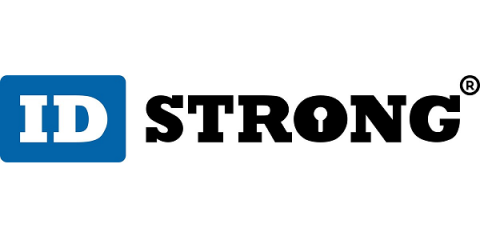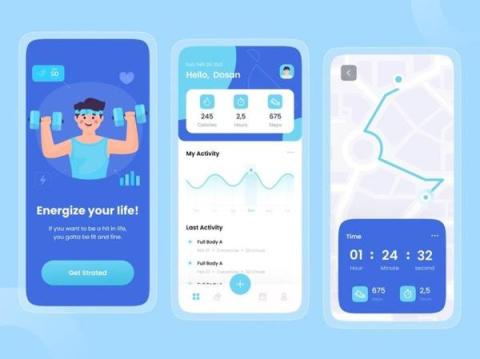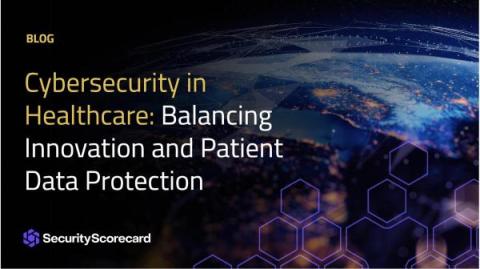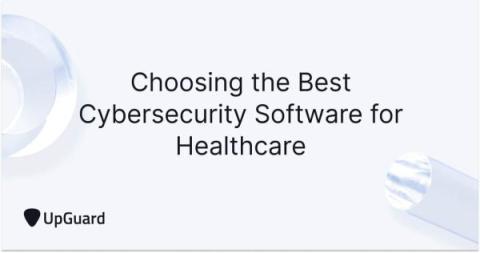Security | Threat Detection | Cyberattacks | DevSecOps | Compliance
Healthcare
Welltok's MOVEit Breach Returns; Data Stolen from 17 West Virginia Hospitals
The West Virginia University Health System (WVUHS) contains multiple institution locations, hospitals, and clinics. Welltok is a communications platform that allows patients and physicians to speak while encouraging healthy lifestyles. Like thousands of other medical providers, Welltok utilizes a third-party vendor to manage and maintain patient information; this vendor is Progress Software’s MOVEit.
Oregon Healthcare Provider Suffers Employee Email Data Breach
In Oregon, the Neuromusculoskeletal Center of the Cascades and Cascade Surgicenter collectively are “The Center.” The professionals that work there are highly trained doctors from many fields, including physiatry, occupational medicine, neurosurgical, and orthopedic care. The Center serves central Oregon at three stand-alone clinics and rural treatment at six shared clinics.
Ransomware Hits Kentucky Healthcare Network, Exposing Data of 2.5 Million
Norton Healthcare consists of over 430 locations between Kentucky and Indiana. The clinics meet over two million a year, including adult and pediatric patients. The hospital offers one of the largest not-for-profit healthcare systems in the region and employs over 25,000 faculty members. Norton Healthcare is a community powerhouse in the region; this makes their announcement of a data breach all the more disturbing.
Quick Look at the New CISA Healthcare Mitigation Guide
It’s the small vines, not the large branches, that trip us up in the forest. Apparently, it’s no different in Healthcare. In November, the U.S. Cybersecurity and Infrastructure Security Agency (CISA) released a Mitigation Guide aimed at the Healthcare and Public Health (HPH) sector.
New York Healthcare Provider Notified 600k Following Network Cyberattack
East River Medical Imaging (ERMI) has three locations in New York City and Westchester County. ERMI is a “multi-modality radiology center,” including patient-centered solutions like MRIs, CTs, ultrasounds, imaging, radiology, fluoroscopy, and x-rays. They have served New York since 1970 and have a long history of high-quality patient care. At the end of August, an unauthorized actor accessed their network—exposing sensitive information from employees and patients.
Wearable Apps for Health and Fitness: Investigating Their Future Potential
Data Classification for Compliance with PCI DSS, NIST, HIPAA and More
Data classification is essential for achieving, maintaining and proving compliance with a wide range of regulations and standards. For example, PCI DSS, HIPAA, SOX and GDPR all have different purposes and requirements, but data classification is necessary for compliance with all of them — after all, you need to accurately identify and tag health records, cardholder information, financial documents and other regulated data in order to protect that data appropriately.
Cybersecurity in Healthcare: Balancing Innovation and Patient Data Protection
The healthcare sector stands at a crossroads where innovation and technology are drastically reshaping patient care, yet simultaneously, it faces the increasing challenge of protecting sensitive patient data. As healthcare organizations adopt advanced technologies like electronic health records (EHRs), telemedicine, and AI-driven diagnostics, the need for robust cybersecurity measures becomes paramount.








